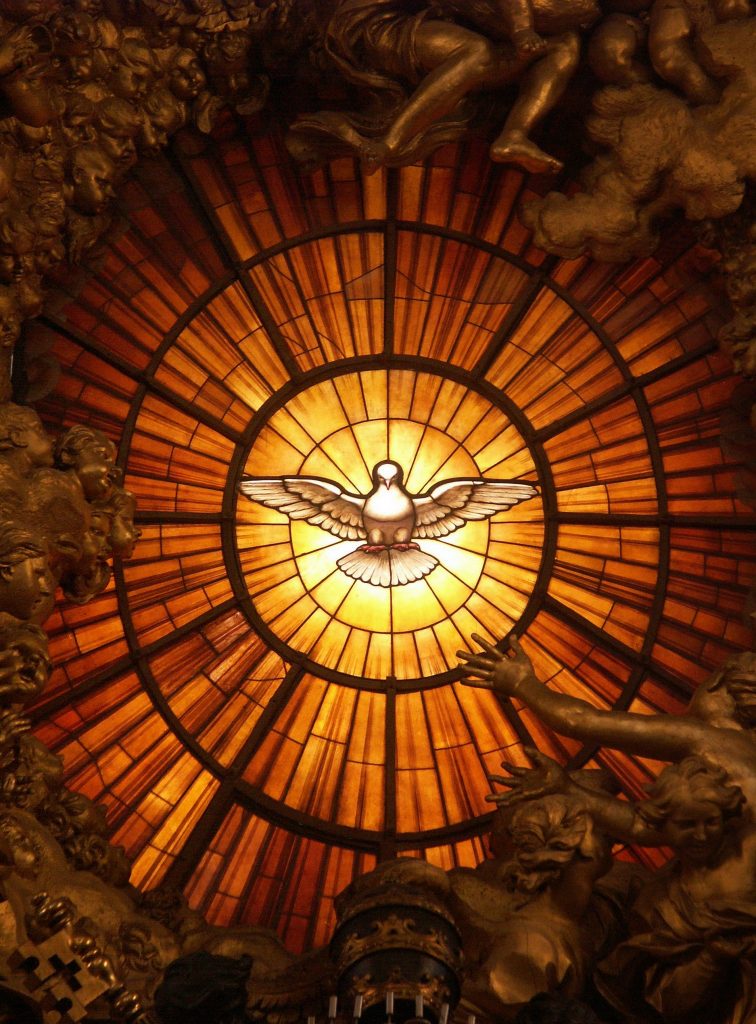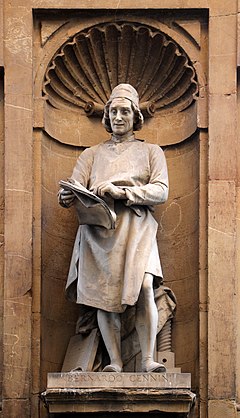Alabaster relief, height: 29.5 cm, width: 18 cm
England (Nottingham), late 15th century
Provenance:
Private Collection England, until c. 1960;
Private Collection Spain.
The head of Saint John the Baptist is represented on a dish, the wound made by Herodias is depicted over the left eye; above two angels bear a small figure on a cloth representing the soul of the saint; below Christ stands in the tomb; flanked by Saint Peter and Saint Thomas Becket and above them Saint Catherine and Saint Dorothy.
The juxtaposition of Saint John the Baptist’s head and Christ as the ‘Man of Sorrows’ shifts the salvation of the soul to the fore-front. The soul, supported by two angels that can be seen at the upper edge of the relief, is often interpreted as that of Saint John. It could, however, equally well imply the soul of the viewer who, by contemplating the relief, asks for the salvation of his own soul. This also accounts for the presence of Saint Peter who is always depicted at the bottom on the left of such reliefs. Peter, as the keeper of the key to the gate of heaven, is the mediator between man and god.
Unlike most reliefs made to be assembled and fitted into an altar, this relief and others with the same subject were carved for private veneration and hung in no other context.


